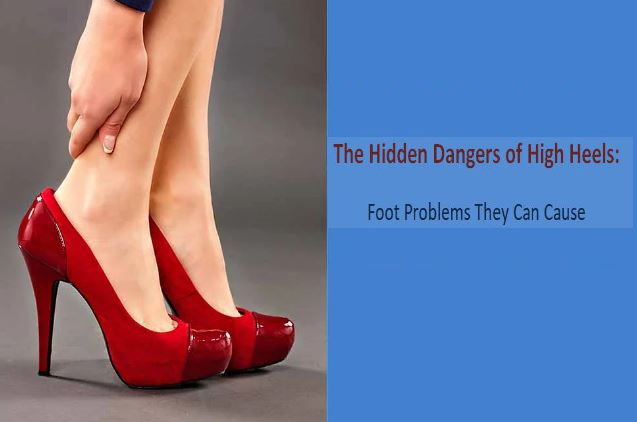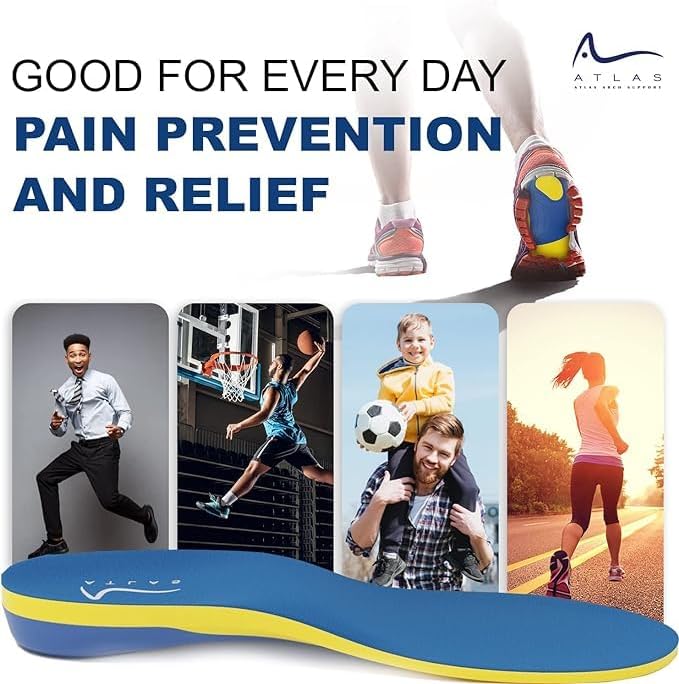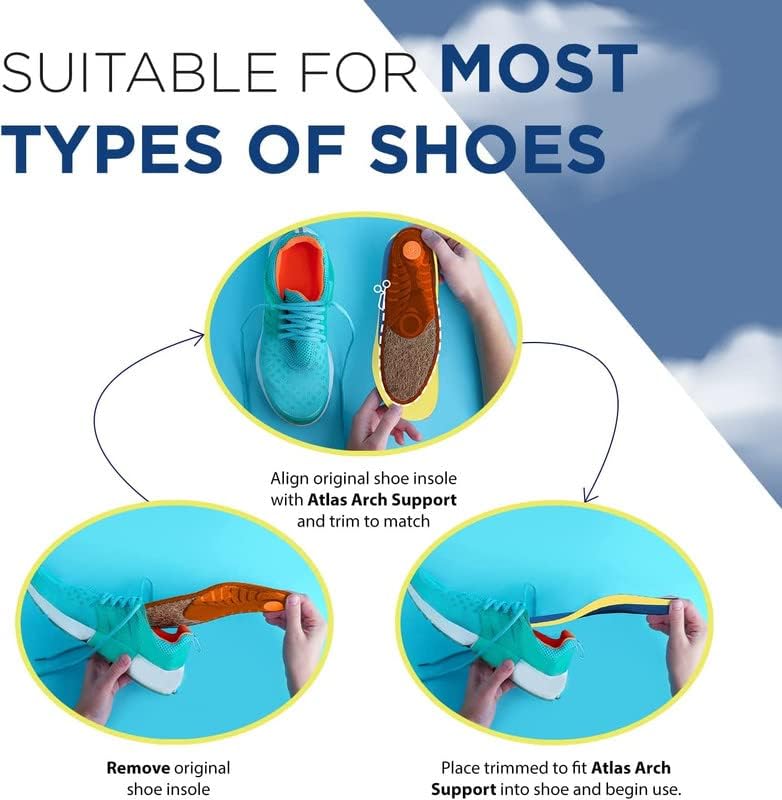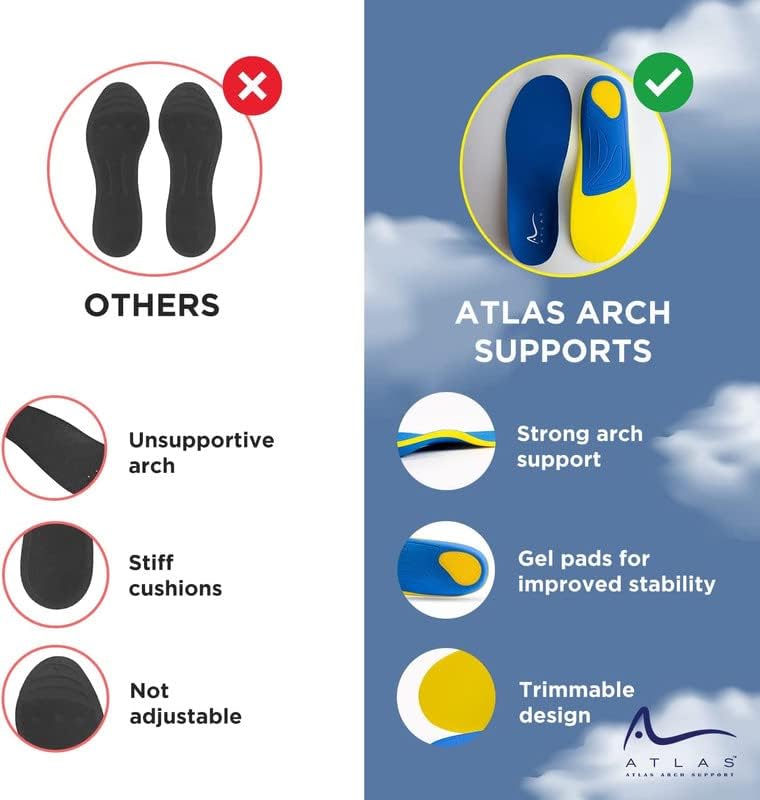Explore the hidden dangers of wearing high heels with our comprehensive article. Learn about the potential foot problems, including bunions, plantar fasciitis, and more, caused by frequent high heel use. Discover preventative tips and healthier footwear alternatives to keep your feet happy and healthy.
Introduction
High heels are a staple in many wardrobes, offering an element of style and sophistication. However, the allure of these fashionable shoes often overshadows the potential risks they pose to foot health. Wearing high heels can lead to a variety of foot problems, some of which can have lasting effects on your mobility and quality of life. This article explores the hidden dangers of high heels and the foot problems they can cause.

Table of Contents
1. Metatarsalgia (Ball of Foot Pain)
High heels increase pressure on the ball of your foot. This can lead to metatarsalgia, a condition characterized by pain and inflammation in the ball of the foot. Symptoms may include a sharp, aching, or burning pain in the ball of the foot, which is often exacerbated by standing, walking, or wearing tight-fitting shoes.


2. Bunions
Bunions are bony bumps that form at the base of the big toe, causing the toe to veer towards the others. High heels, particularly those with a narrow, pointed toe box, can exacerbate this condition by pushing the toes into an unnatural position. Over time, this can lead to significant pain and deformity.
3. Hammertoes
Hammertoe is a deformity where one or more of the small toes develop a permanent bend at the joint. This condition is often caused by shoes that are too tight around the toes, like high heels, forcing the toes into a bent position. If left untreated, hammertoes can become rigid and require surgery to correct.


4. Achilles Tendonitis
Wearing high heels frequently can shorten and stiffen the Achilles tendon, which connects the calf muscle to the heel bone. This can lead to Achilles tendonitis, characterized by pain and stiffness along the back of the heel. Continuous wear of high heels can make it uncomfortable or even painful to wear flat shoes.
5. Plantar Fasciitis
Plantar fasciitis is an inflammation of the plantar fascia, a thick band of tissue that runs across the bottom of your foot and connects your heel bone to your toes. High heels can alter the foot’s natural position and gait, putting additional strain on the plantar fascia. This can cause sharp heel pain, especially with the first steps in the morning or after sitting for long periods.


6. Ankle Sprains
The elevated and unstable platform of high heels increases the risk of ankle sprains. This can occur when the heel slips off the shoe or when stepping on an uneven surface, leading to a sudden twist or turn that stretches or tears the ankle ligaments.
7. Ingrown Toenails
Tight, narrow high heels can cause the toes to be compressed together, leading to ingrown toenails. This painful condition occurs when the edge of the toenail grows into the skin, which can lead to infection.

Prevention and Care
In the section on “Prevention and Care” offers practical advice for those who wear high heels, aiming to mitigate the potential negative effects on foot health. Here’s a detailed breakdown of each recommendation:

Limit Time in High Heels
Key Idea: Moderation is crucial. By limiting the duration and frequency of high heel wear, you can significantly reduce the risk of developing foot problems. Opting for shoes with a lower heel for daily activities can provide comfort and reduce strain on the feet.
Implementation: Choose occasions wisely for wearing high heels and prefer flats or shoes with a supportive arch and a heel height of less than 2 inches for everyday use.
Choose Shoes with a Wider Toe Box
Key Idea: Shoes designed with a wider toe box prevent the toes from being cramped and squeezed together, which is a common cause of bunions, hammertoes, and ingrown toenails.
Implementation: When shopping for high heels (or any shoes), prioritize those with a rounded or almond-shaped toe box that allows for natural toe spread. This simple choice can have a profound impact on foot comfort and health.
Incorporate Foot Exercises and Stretches
Key Idea: Regular foot exercises and stretches can strengthen the muscles around the foot and ankle, improve flexibility, and help counteract the damage caused by high heels.
Implementation: Incorporate simple exercises into your daily routine, such as toe curls, arch lifts, and stretches that target the Achilles tendon. These exercises can be done at home or work with minimal equipment.
Use Insoles or Pads
Key Idea: Insoles or pads designed for high heel shoes can significantly enhance comfort and support. They can distribute pressure more evenly across the foot, reducing the load on the ball of the foot and alleviating pain.
Implementation: Invest in high-quality gel pads, foam inserts, or custom orthotic devices recommended by foot care professionals. These can be placed in your high heels to help cushion the feet and provide additional support where it’s needed most.
Conclusion
By adopting these preventive measures, individuals can enjoy the aesthetic benefits of high heels with fewer risks to their foot health. It’s about making informed choices—selecting the right footwear, limiting wear time, caring for your feet through exercises and stretches, and using supportive insoles or pads. Together, these strategies form a holistic approach to foot care for high heel wearers, aiming to balance fashion with well-being. While high heels can be a fashionable choice, it’s important to be aware of the potential risks they pose to foot health. By understanding these risks and taking proactive steps to protect your feet, you can enjoy the style benefits of high heels without sacrificing your comfort and well-being










